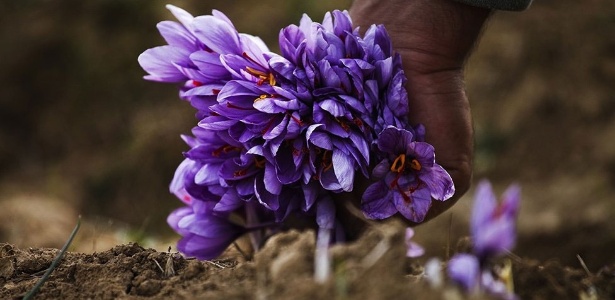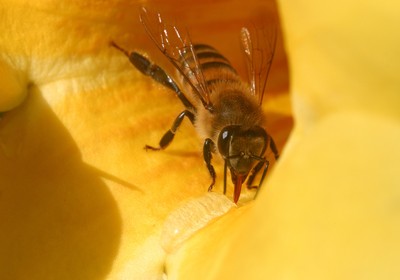
(Cultivado inicialmente na Grécia, o açafrão vem sendo plantado há centenas de anos também na Caxemira)
A região da Caxemira, administrada pela Índia, é conhecida pela alta qualidade de seu açafrão, um tempero usado desde a antiguidade na fabricação de bebidas e como especiaria e corante.
O açafrão é cultivado comercialmente na Índia, Espanha e Irã. Mas a variedade da Caxemira é considerada a melhor e a mais cara. Um quilo da especiaria pode custar quase US$ 3 mil.
O fotógrafo Abid Bhat viajou para um campo de açafrão na cidade de Pampore para descobrir como a especiaria mais cara do mundo é cultivada.
Os campos de açafrão são uma grande atração para turistas em um vale cercado de montanhas cobertas de neve; as flores lilás exalam o perfume mais exuberante. São necessárias mais de 75.000 flores de açafrão para produzir menos de meio quilo do tempero.
A pequena cidade de Pampore, onde milhares de hectares de terras são usadas para o cultivo de açafrão, está situada a meia hora de carro da capital de verão da Caxemira Srinagar. Pampore é frequentemente chamada de cidade do açafão da Caxemira.
O açafrão é usado extensivamente em remédios e na cozinha na Caxemira. Alguns dizem que o tempero é afrodisíaco.
Fonte: http://comidasebebidas.uol.com.br/noticias/bbc/2013/12/27/fotografo-retrata-plantio-de-tempero-mais-caro-do-mundo-na-caxemira.htm
